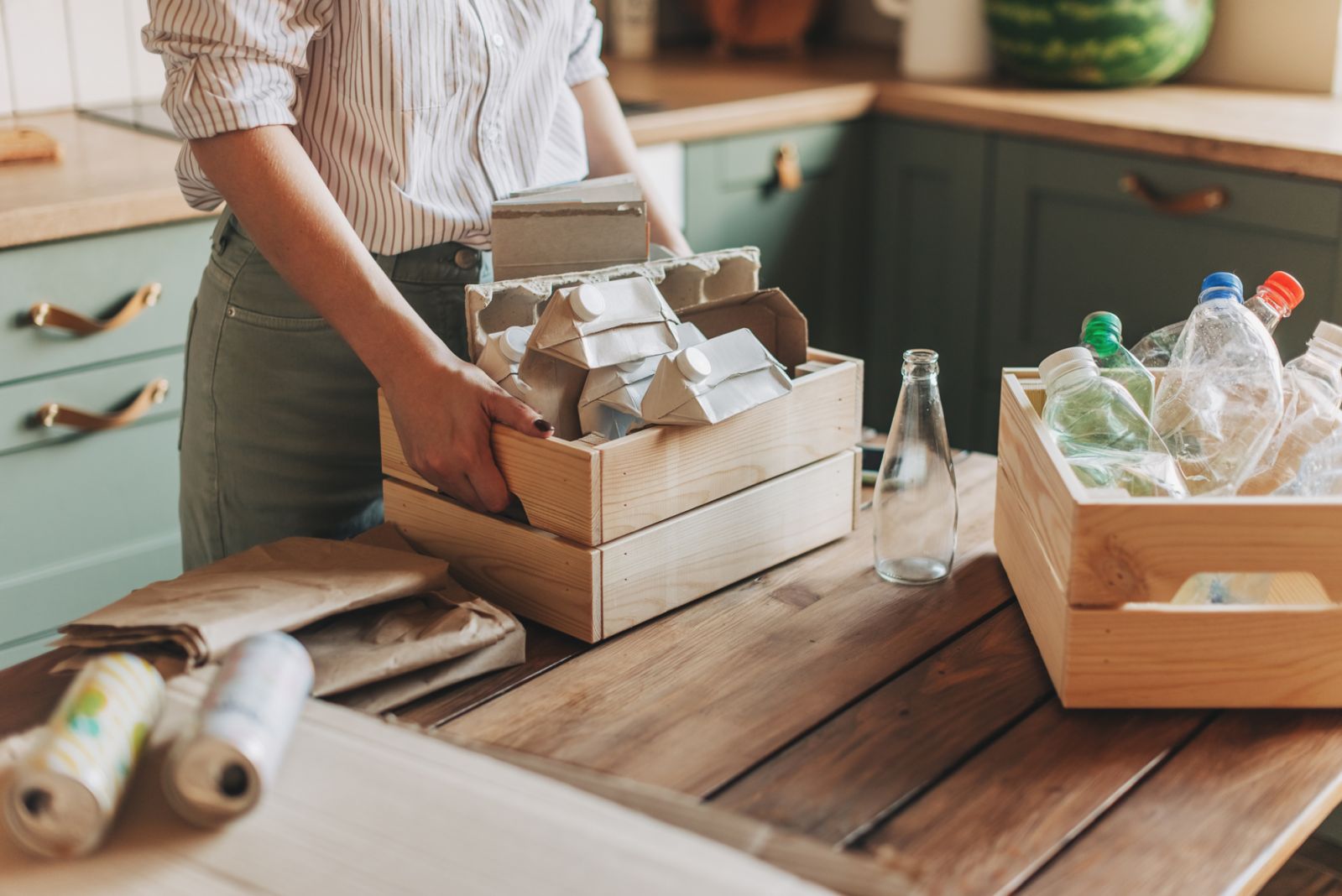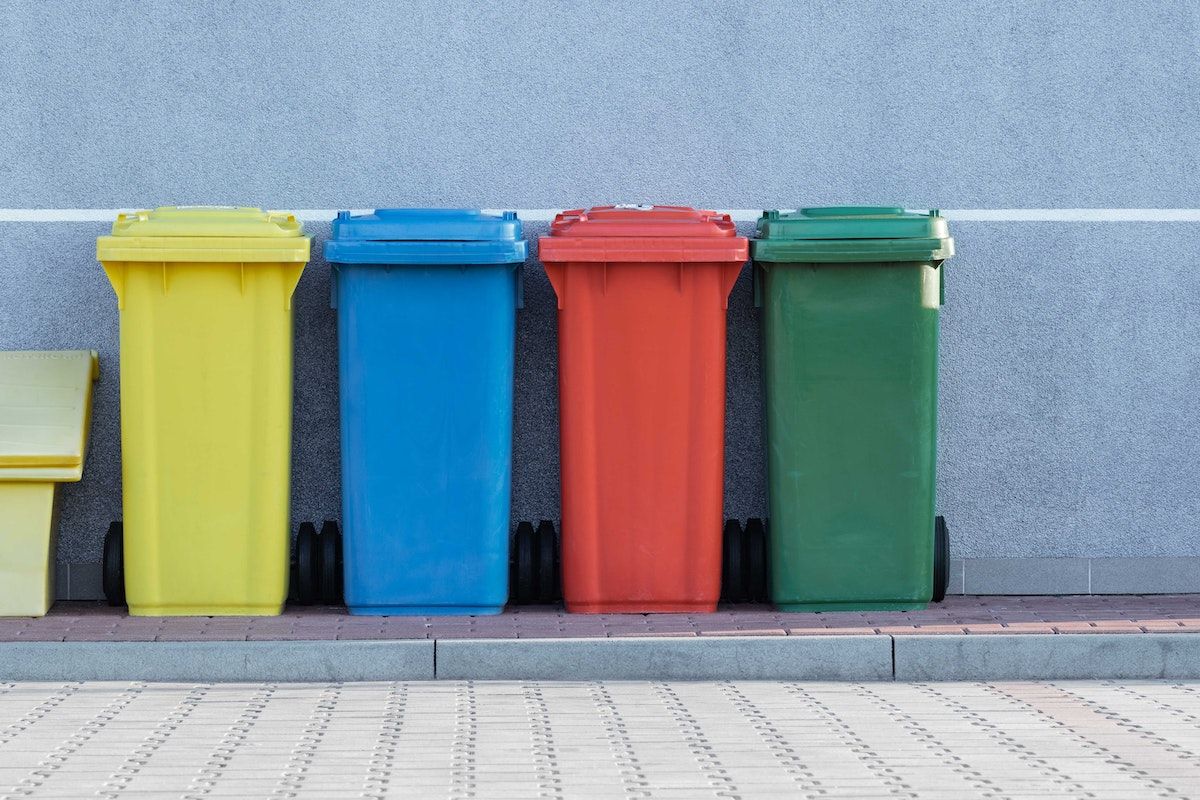We give you some easy tips and tricks to recycle better
“Reduce, reuse, and recycle.” We are probably very familiar with this saying. As Singapore adopts a circular economy that seeks to minimise waste, there has been a lot of emphasis on sustainability and going green.
In line with its efforts to become a zero-waste nation, the Singapore government has introduced a host of recycling initiatives, encouraging people to adopt the habit of recycling in their households. However, recycling is still not as commonplace in Singapore as you’d think. According to a survey by the National Environmental Agency, only three in five households recycled regularly in 2021. Clean & Green Singapore (cgs.gov) has also shared how 40 per cent of items in recycling bins can’t be recycled. This is largely due to its contents being contaminated by food remnants and reusables.
One reason for this lack of a recycling ethos among Singaporeans is likely that many people do not know how to recycle, what can be recycled or what to do with items that are not traditionally tossed in a recycling bin but that can be reused instead.
Below, we share some tips to become a recycling pro.
In case you missed it: How Singaporean artist Messymsxi transforms ocean plastic into art
1. Stop wishcycling

According to the Collins English Dictionary, wishcycling is defined as “the practice of putting something in a recycling bin without being certain that it is actually recyclable”. Wishcycling contaminates the load of otherwise recyclable materials in bins. This will complicate the sorting processes for centres too. So, it’s important to check the items you can and can’t recycle before doing so.







